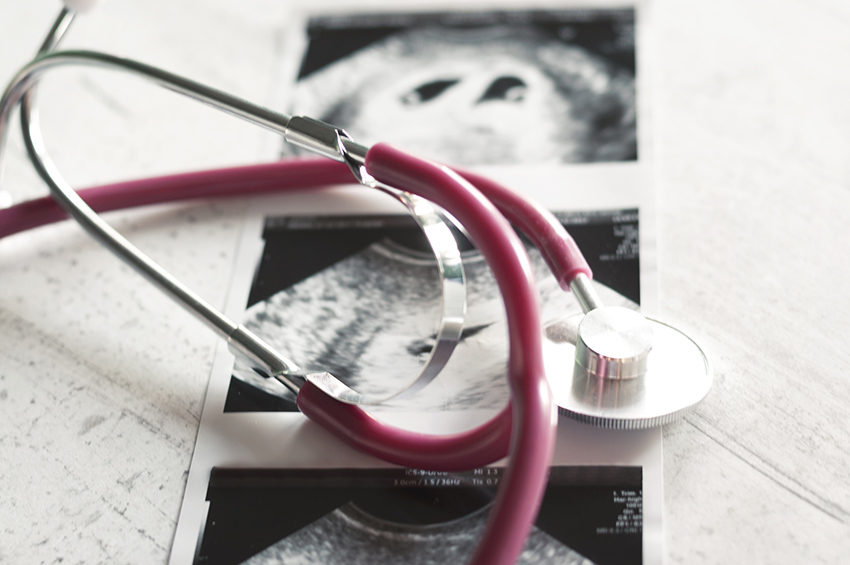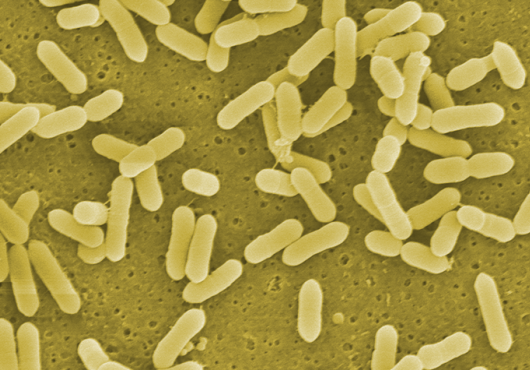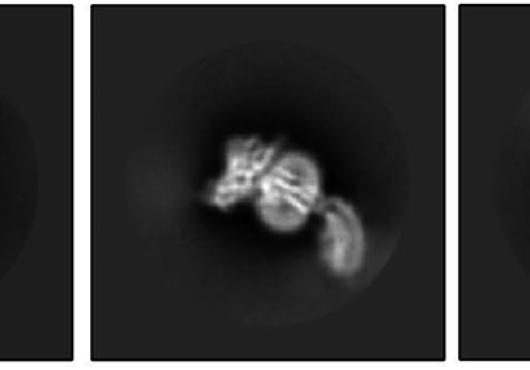
September15/iStock/Getty Images Plus
This article is part of Harvard Medical School’s continuing coverage of medicine, biomedical research, medical education and policy related to the SARS-CoV-2 pandemic and the disease COVID-19.
Inhaled nitric oxide (NO) gas could be a valuable adjunct respiratory therapy for pregnant women with severe and critical COVID-19, according to a new study by Harvard Medical School researchers based at Massachusetts General Hospital.
The delivery of the therapeutic gas to six pregnant patients with COVID-19 admitted to Mass General, as described in a paper published online Aug. 26 in Obstetrics & Gynecology, resulted in a rapid and sustained improvement in cardiopulmonary function and decreased inflammation.
The resolution of viral infection within 22 days was observed in five of the six patients. Three of the six women delivered four babies, including a set of twins, while in the hospital. Each infant tested negative for COVID-19 and remained in good condition 28 days after maternal admission.
The results, which require additional clinical trials to confirm, could have important implications for treating SARS-CoV-2, the virus that causes COVID-19, according to the authors.
“We noted rapid relief from breathlessness in these patients, with lower respiratory rate and better oxygenation after mask administration of high concentration nitric oxide, with no adverse side effects,” said corresponding author Lorenzo Berra, the HMS Reginald Jenney Associate Professor of Anaesthesia at Mass General.
“In addition, inflammatory markers showed a rapid decrease after breathing nitric oxide, and five of the six patients in our study showed viral clearance from nasopharyngeal swabs by 22 days after COVID-19 diagnosis,” Berra said. “All patients were discharged in stable condition from the hospital. We found these results to be very encouraging.”
Inhaled nitric oxide acts as a selective pulmonary vasodilator, increasing oxygenation by dilating or opening constricted blood vessels, especially in more well-ventilated areas of the lung, thereby improving intrapulmonary shunt fraction.
Nitric oxide was approved by the U.S. Food and Drug Administration in 1999 for the treatment of persistent pulmonary hypertension in newborns. Since then, NO has also been used off-label for many pediatric and adult clinical applications, including pulmonary hypertension in pregnancy, post-cardiac surgery, lung transplantation and acute respiratory distress syndrome.
The current study is the first to investigate the role of inhaled NO in pregnant people with COVID-19.
Antiviral hints
A recent report from the Centers for Disease Control and Prevention suggests that pregnant women with COVID-19 are more likely to be hospitalized, are at increased risk of being admitted to the intensive care unit and more often require mechanical ventilation compared to nonpregnant women.
The lack of effective treatments for patients with severe or critical COVID-19 respiratory symptoms prompted the researchers to form an interdisciplinary team to offer pregnant women a novel treatment with inhaled NO to prevent progressive respiratory failure.
Between April and June 2020, six hospitalized pregnant COVID-19 patients were given NO therapy. Each treatment was started within 48 hours of admission at a high but still safe dosage of 160 to 200 parts per million of inhaled NO for 30 to 60 minutes twice a day.
“Even at that dosage, nitric oxide is easy to use and appears well-tolerated,” said lead study author Bijan Safaee Fakhr, HMS research fellow in anaesthesia at Mass General. “We found that nitric oxide inhalation therapy provided rapid relief of shortness of breath in these patients and that their respiratory rates decreased.”
In addition, the observation that patients successfully delivered healthy babies while hospitalized for COVID-19 suggested that inhaled NO could result in improved placental oxygenation by improving maternal oxygenation, according to Safaee Fakhr.
The researchers were further intrigued by the potential antiviral activity of inhaled NO in patients with COVID-19. Berra cited a group of clinicians in China who, during the 2003-2004 SARS outbreak, administered inhaled NO to infected patients and reported that their chest x-ray findings cleared rapidly.
“Because of the genetic similarities between SARS-CoV-1, the virus that causes SARS, and SARS-CoV-2, we decided to use high-dose nitric oxide to prevent viral replication,” Berra explained.
The team found that five of the six patients in their cohort who received inhaled NO but no other antiviral medication while in the hospital were clear of the virus, as shown by two negative nasopharyngeal swabs obtained after nine to 22 days from treatment initiation.
“Additional randomized clinical trials are needed to confirm the antiviral effects and definitively determine the efficacy of inhaled nitric oxide on SARS-CoV-2,” Berra said. “Irrespective of that, the cardiopulmonary, anti-inflammatory and possible mild bronchodilatory effects of NO, coupled with its safety profile, offer clear evidence to support using high dose NO therapy for respiratory failure in pregnant women to combat a still unknown disease like COVID-19.”
Adapted from a Mass General news release.








